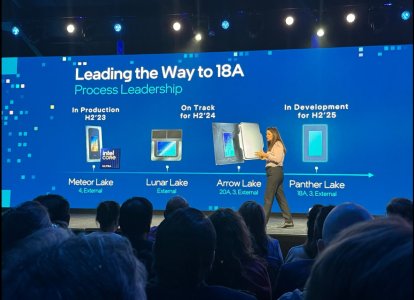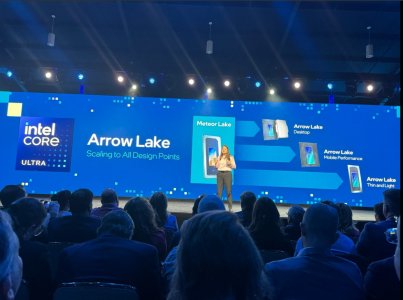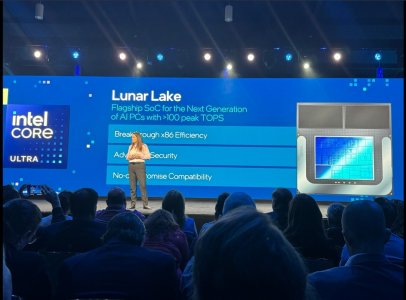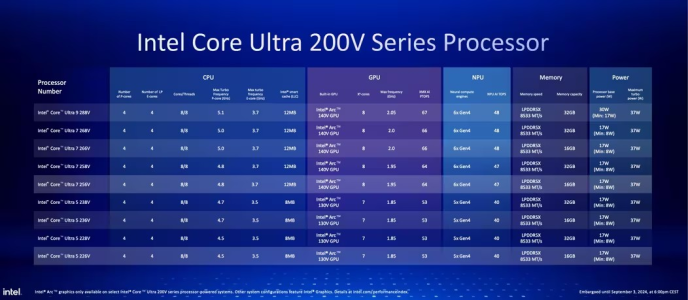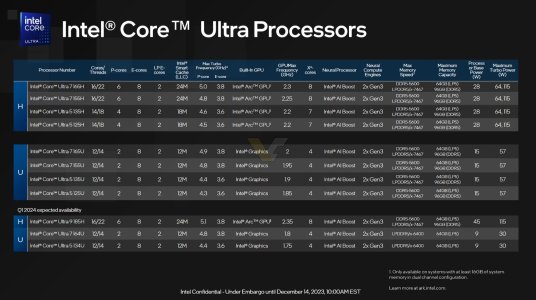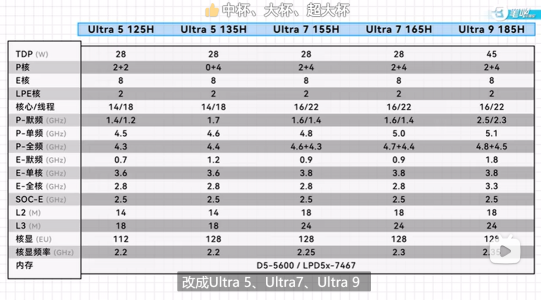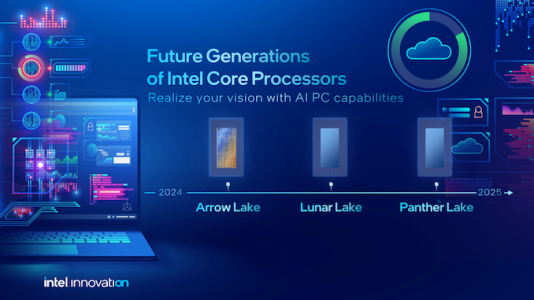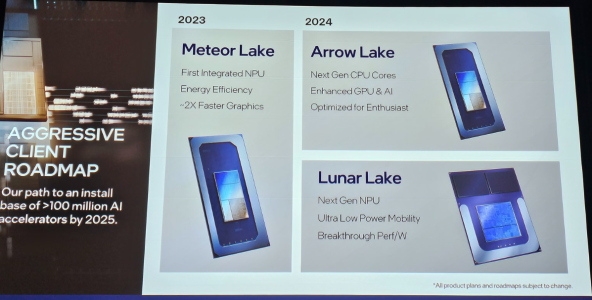If NovaLake is 16+32, I suspect there may be 8 P cores + a unit for rent. It would fit the codename.
Warning. Controversial thoughts below due to the lack of CPU news and the agonizing wait for Raptor Refresh, Meteor Lake, Zen 5, ...
I don't think Intel is going to manufacture parts with more than 8 P cores for client moving forward. It just doesn't make sense when for a given die area the E's would be more useful than additional P's. Also I agree with the rumors that HT is going away. If there is going to be a continued pursuit by Intel to hybrid CPU's, which appears to be the case based on everything we know so far, then Intel might as well go "all in."
"All in" would mean removing HT from the P's and spending those transistors on increasing ST performance in the big cores and/or adding more E cores This starts to look more tempting when you get to the point of having 32 or more E cores, which could achieve a score of nearly 40,000 in CB R23 on their own.
I realize many people don't buy into the "area efficiency" for the E's and the rationale for the hybrid approach. I also understand that while Intel's philosophy may be sound on paper there is still work to do in practice, namely the Thread Director more "correctly" allocating resources. So these E haters to have a point currently for some rare applications here and there.
All this being said I'm a fan of both AMD and Intel, or more correctly stated the technology in general. But if Intel does reach process parity with AMD in the near future then AMD will have to resort to hybrid architecture to remain competitive. The alternative is that they will have to stay with P cores only parts but need to put so many of them (P cores) on the die that it will hurt them economically.
Consider a hypothetical 8+32 Raptor Lake part (yes I know that will never exist I'm just using it as an example of cores whose performance we are familiar. In the desktop client space it would be hard to imagine a situation where that wouldn't be enough MT compute. And by enough I don't mean enough compute (as we can never have enough). What I mean by enough if enough, for that market segment. If more than 8+32 MT is required then the user should be looking upmarket at Xeon/Threadripper class parts.
